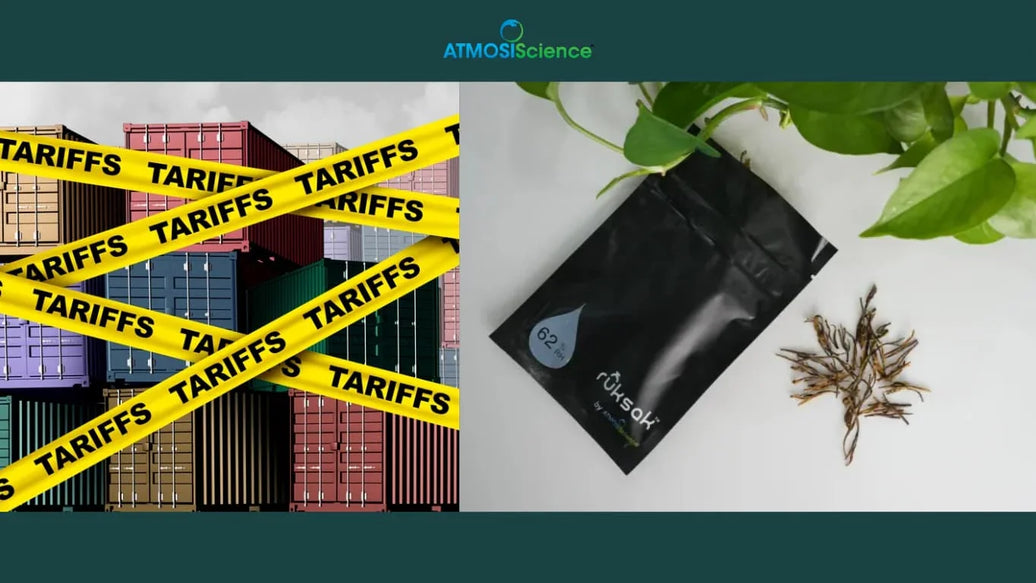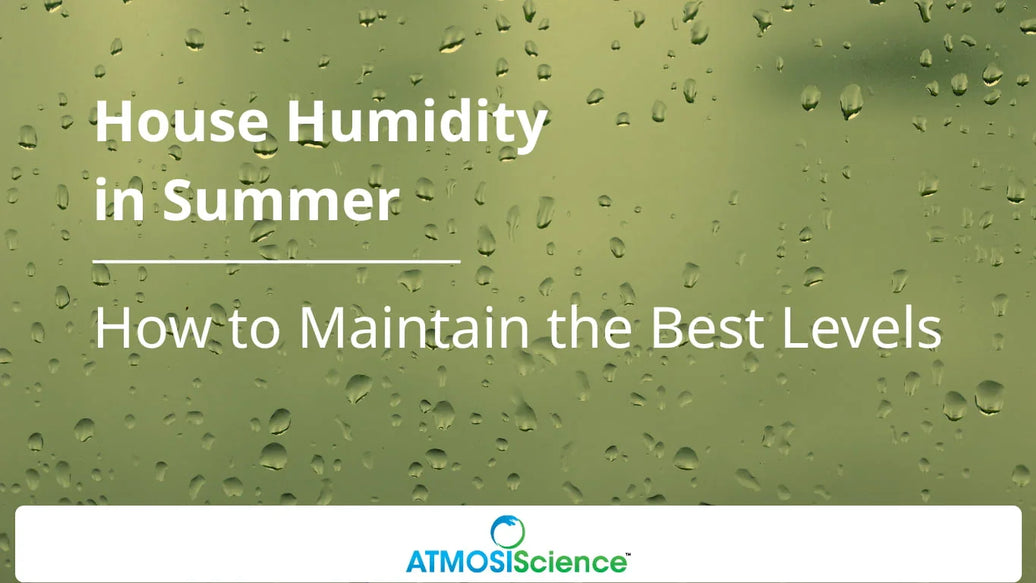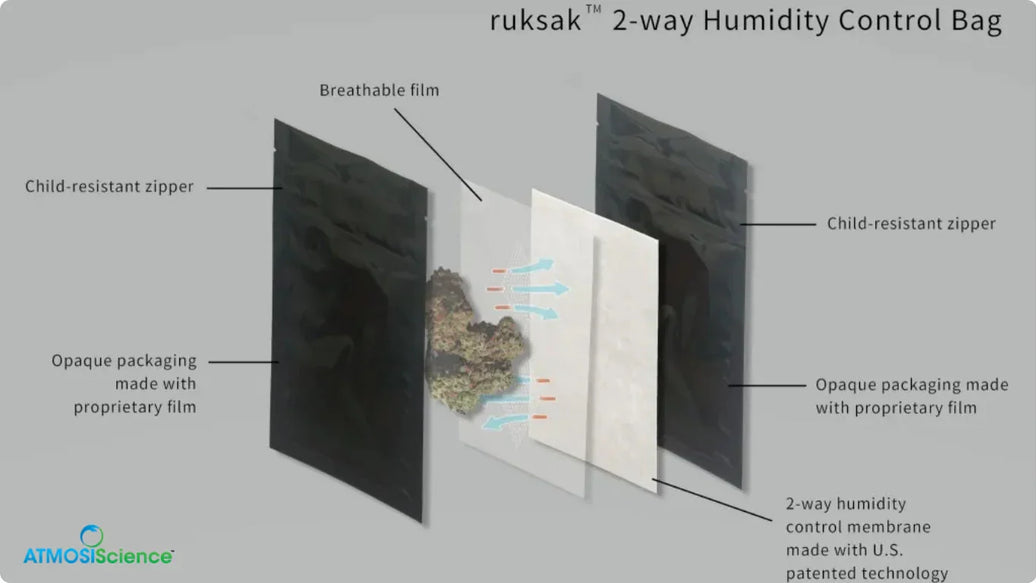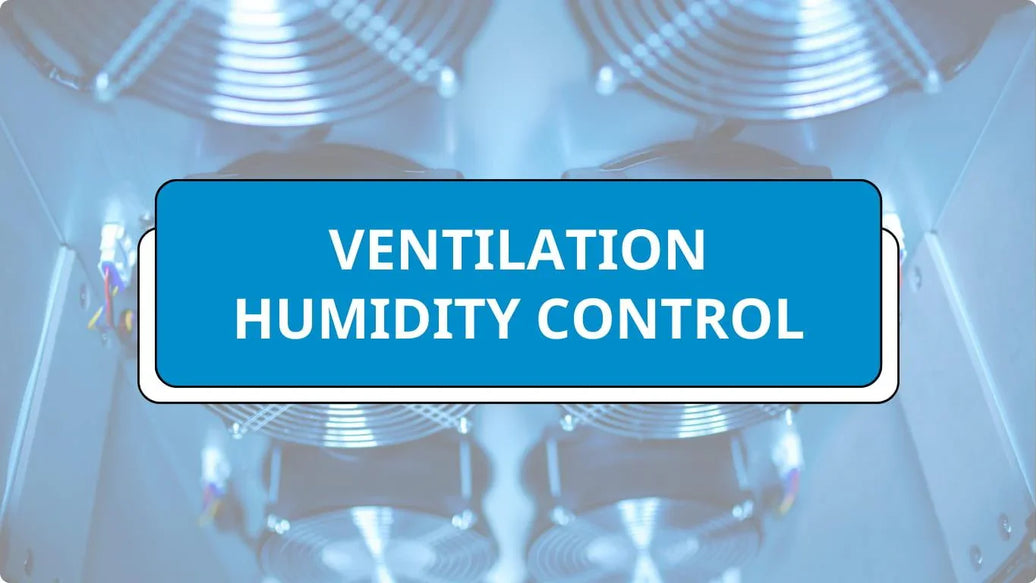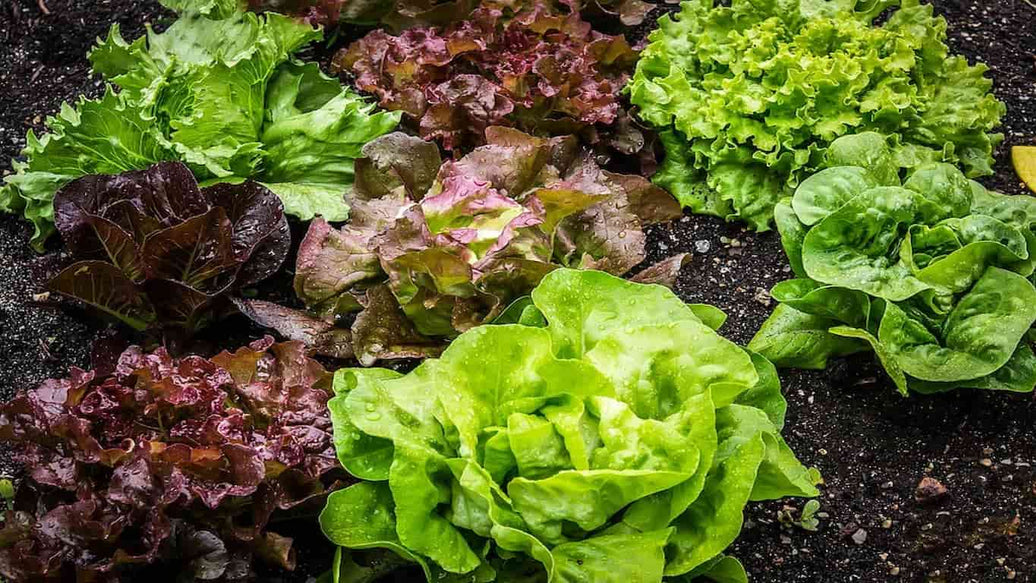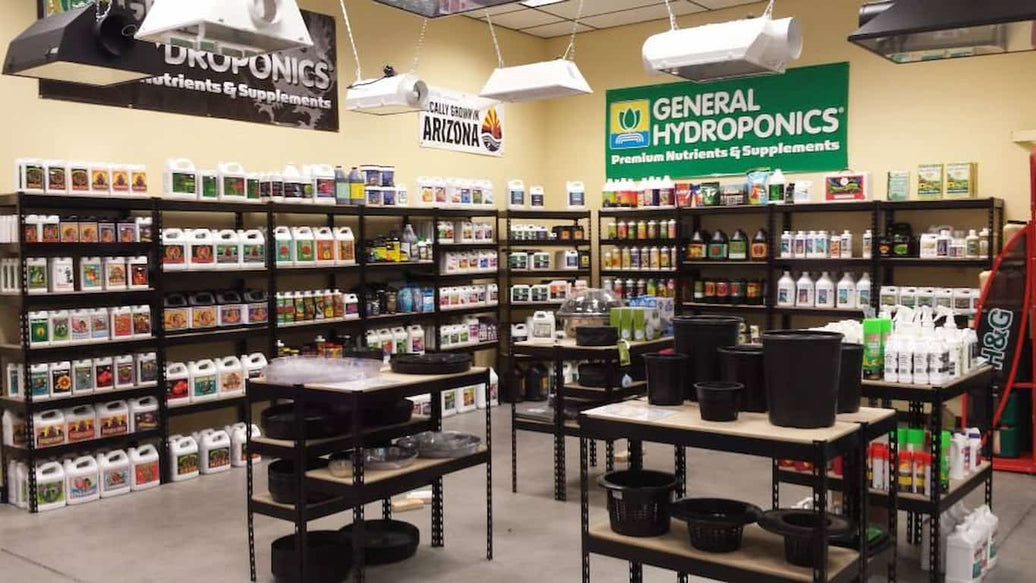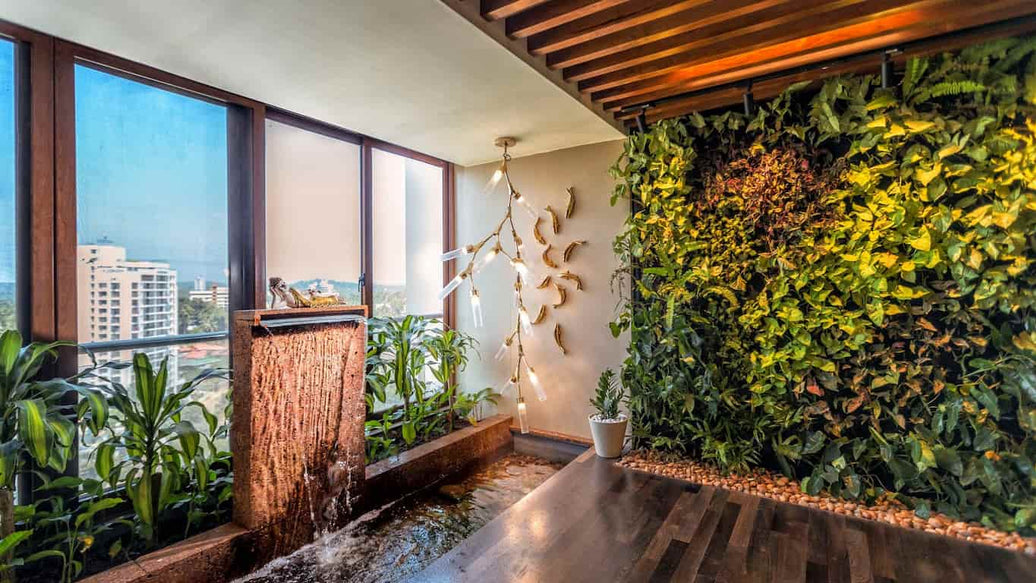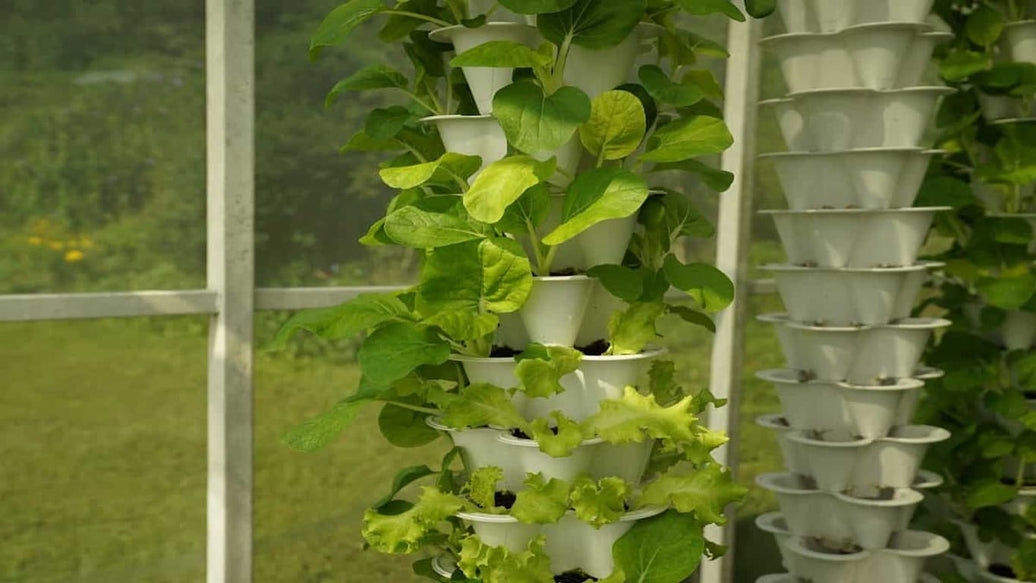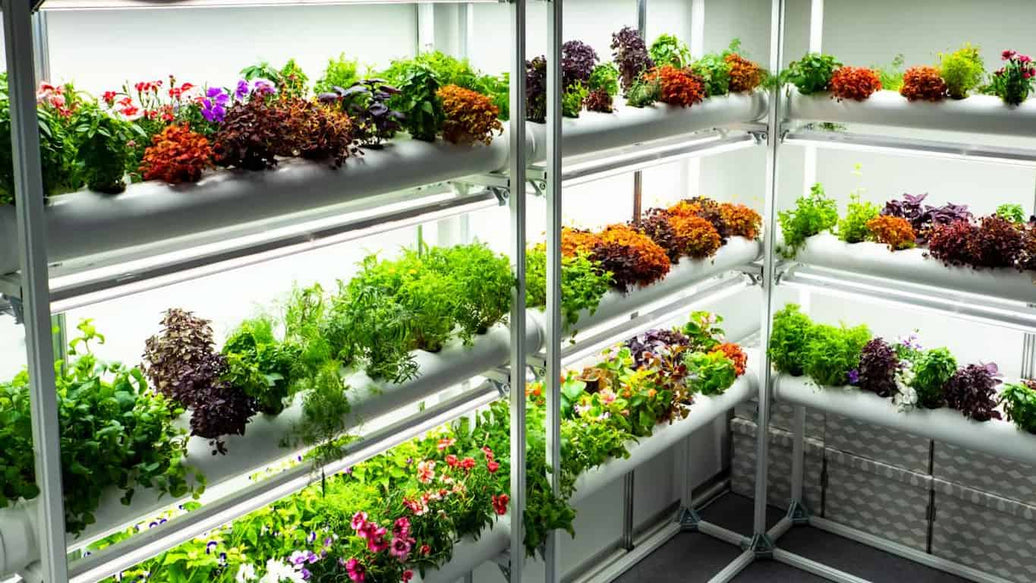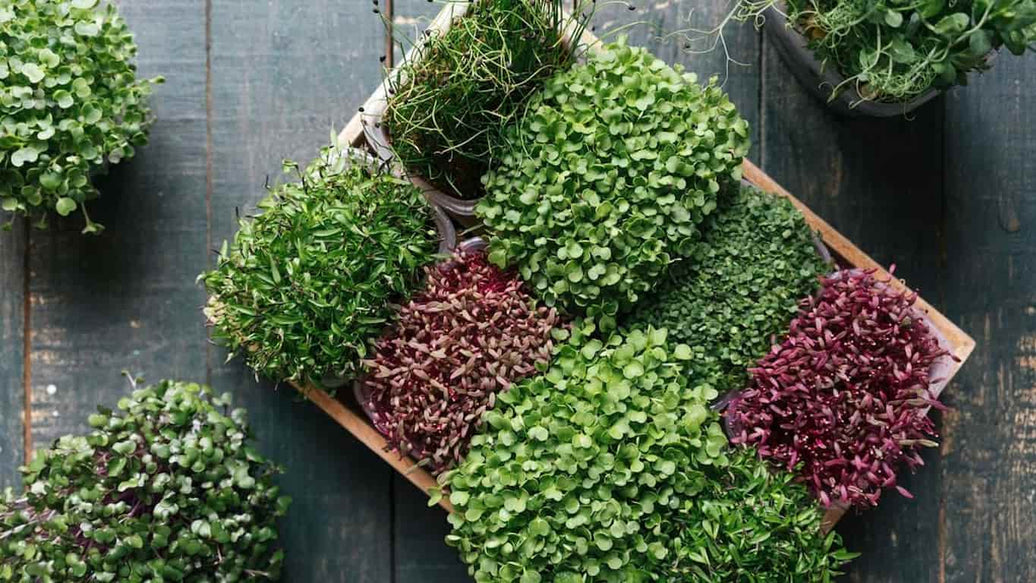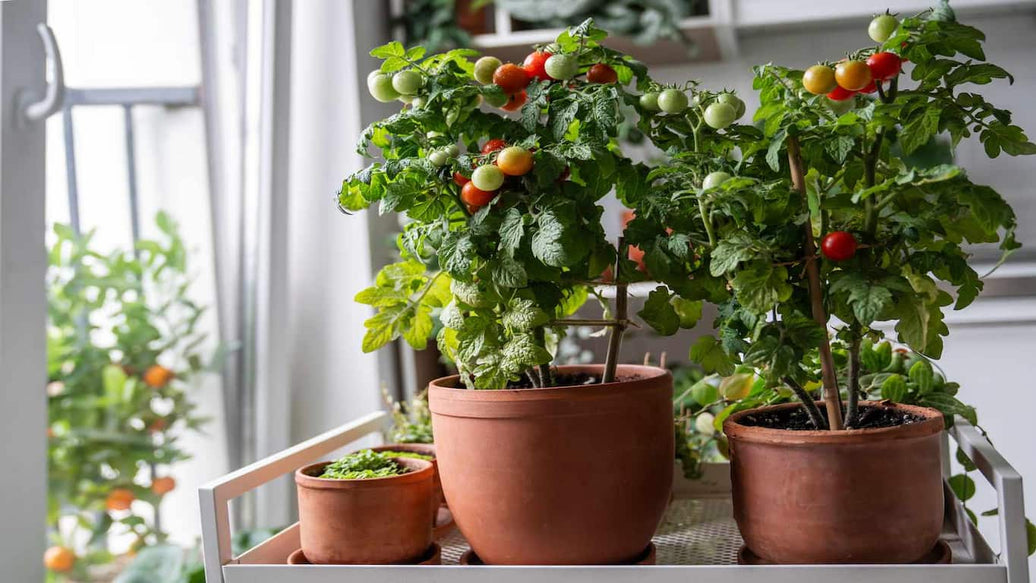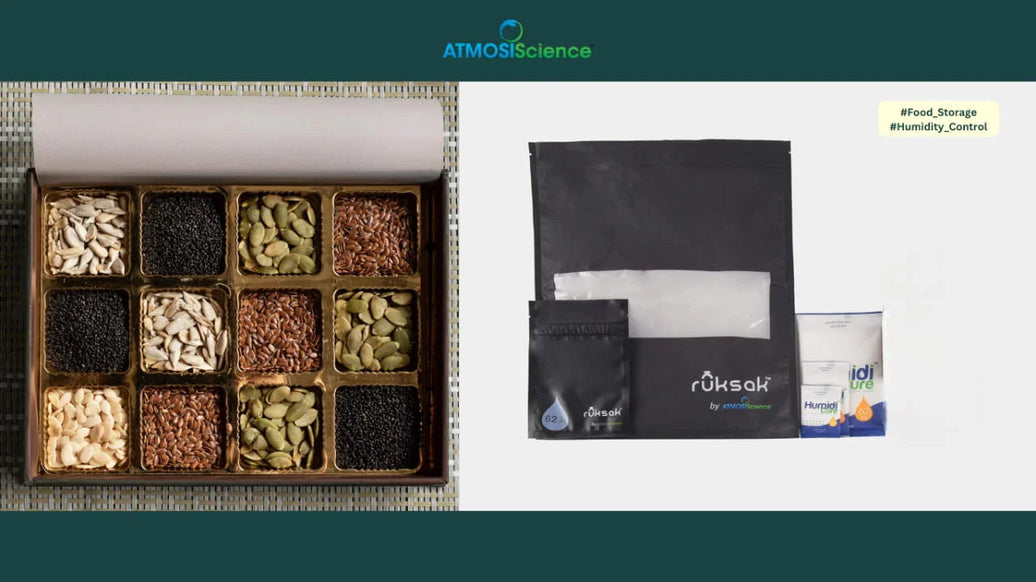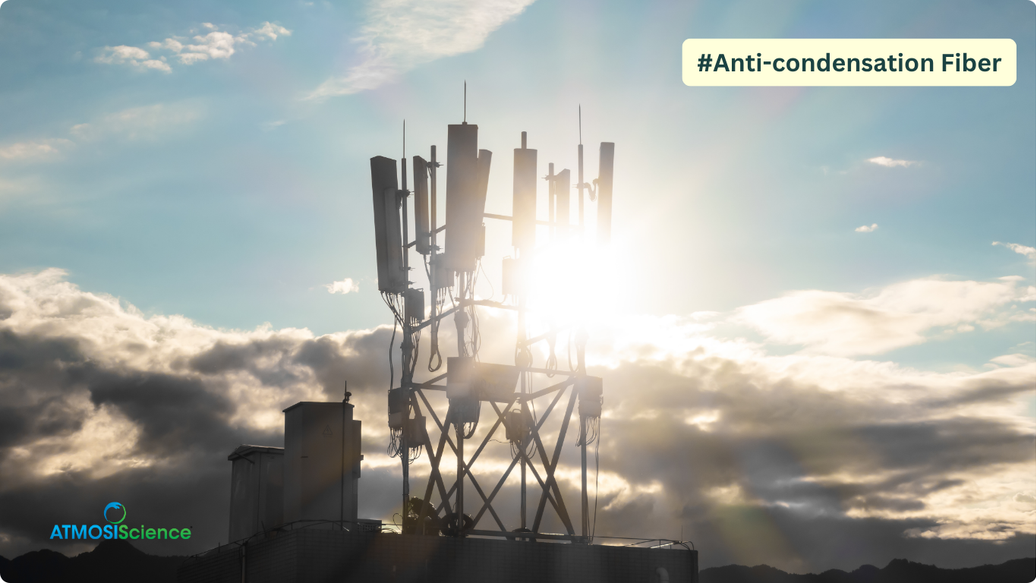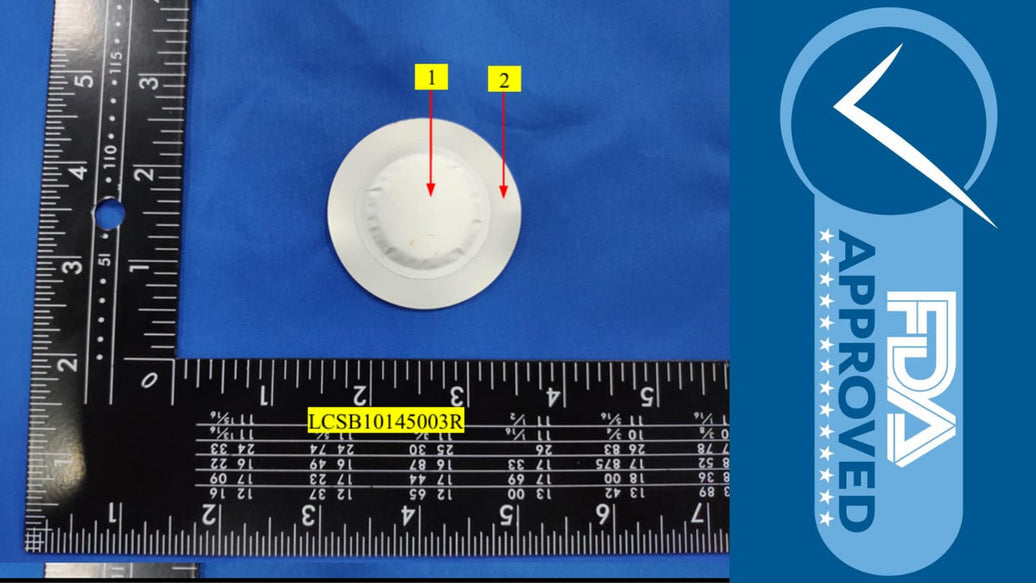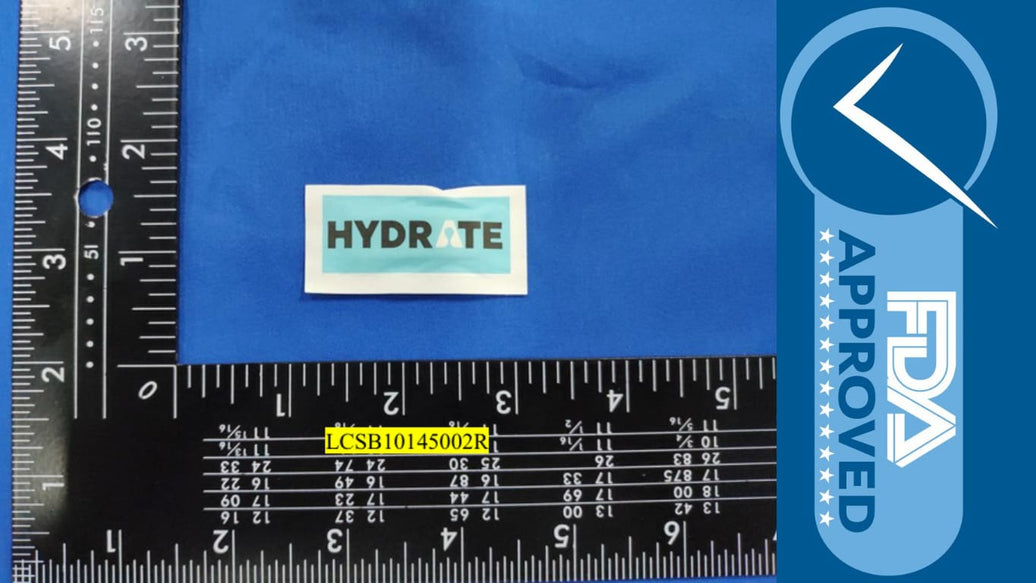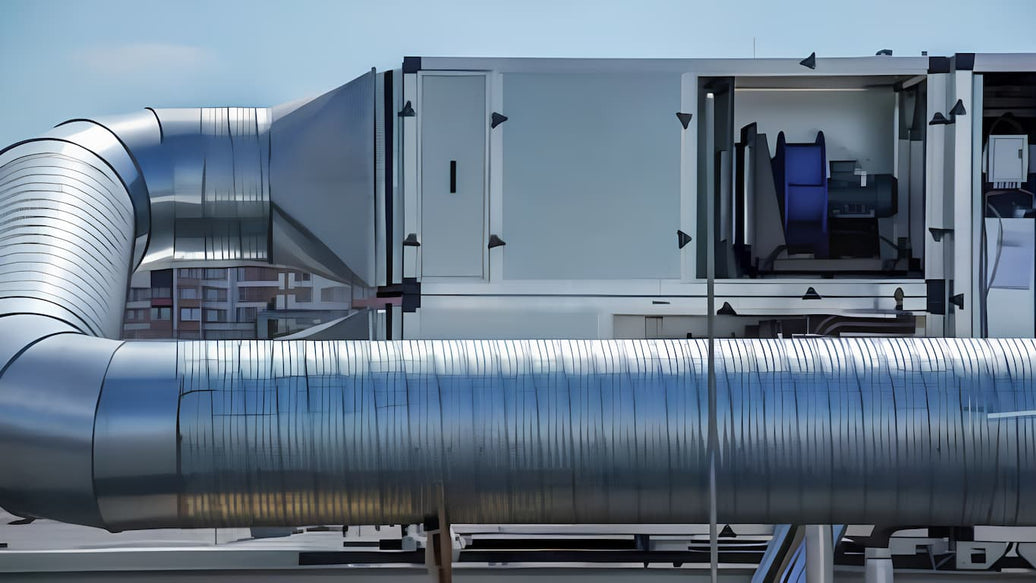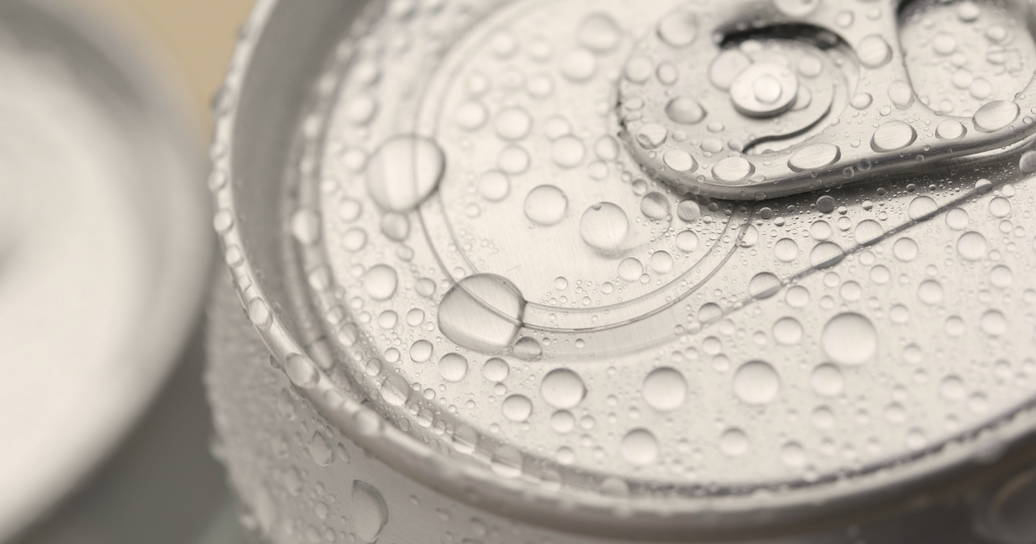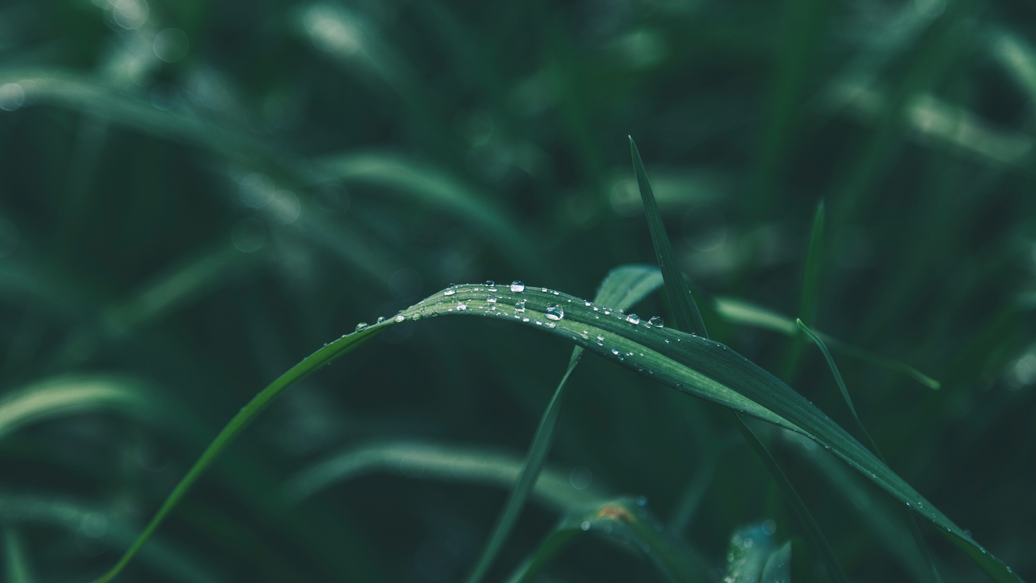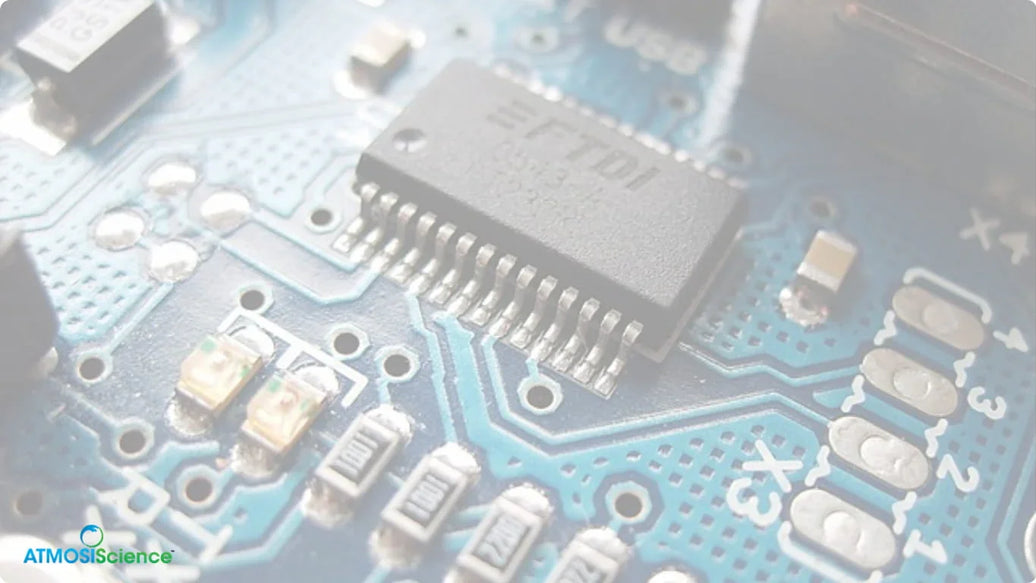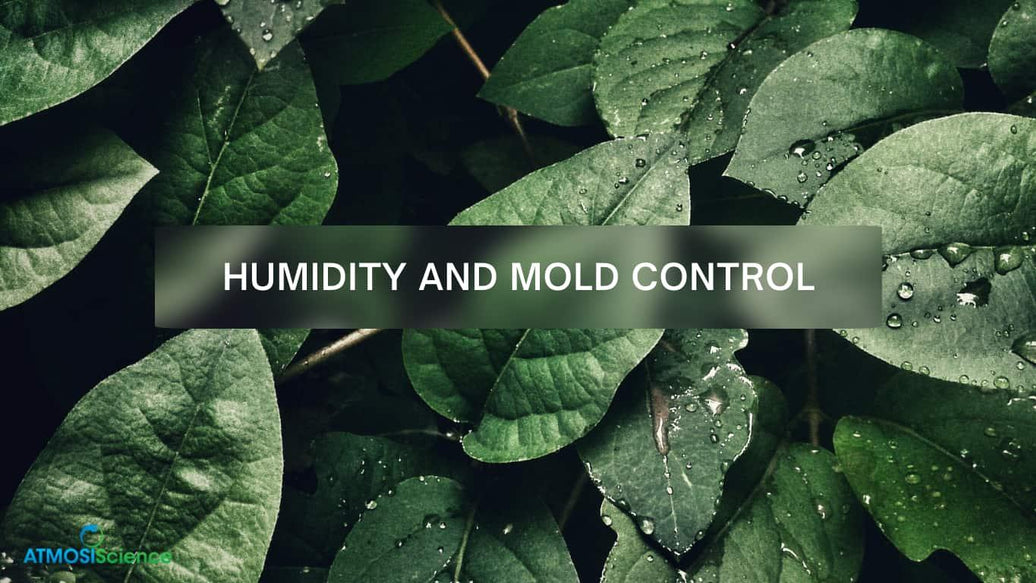Creating an indoor herb and spice garden provides a wonderful way to have fresh, flavorful ingredients at your fingertips throughout the year. Beyond enhancing your cooking, it supports a sustainable lifestyle and connects you with the science and technology behind modern agriculture. This guide explores the principles, techniques, and best practices to help you successfully cultivate herbs and spices indoors while optimizing flavor, nutrition, and growth.

Why choose an indoor herb and spice garden?
With urban living spaces shrinking and the rising demand for organic, fresh food, an indoor herb and spice garden is a practical and eco-friendly solution. It delivers immediate access to aromatic, home-grown herbs and spices, cutting down on environmental impact by reducing the need for transportation and packaging.
More than just a kitchen decoration, an indoor herb and spice garden functions as a controlled growing environment, powered by innovations like hydroponics and vertical farming. These approaches allow you to fine-tune growing conditions to maximize plant health and flavor compounds.
The science supporting indoor herb and spice cultivation
Understanding how an indoor herb and spice garden works starts with plant biology and environmental management.
Optimizing light for plant growth
Plants rely on photosynthesis, which is most efficient under specific light wavelengths. Using LED grow lights tailored to emit red and blue spectra in your indoor herb and spice garden stimulates chlorophyll production and enhances the synthesis of flavor-related secondary metabolites, such as essential oils.

Efficient nutrient delivery
Hydroponic systems in these gardens deliver nutrients directly in water solutions to plant roots, enabling rapid and efficient absorption compared to soil gardening. Key nutrients like nitrogen, potassium, and phosphorus can be precisely controlled for each herb to promote vigorous growth and intense flavor.
Environmental conditions to monitor
Maintaining ideal temperature (roughly 18–24°C), humidity (around 40–60%), and soil or solution pH (between 5.5 and 7.0) is critical for maintaining healthy plants in your indoor herb and spice garden. Advanced sensor technologies and automated systems can help regulate these factors effectively.

Choosing and setting up your garden system
Hydroponic setups
Hydroponics is a favored method in indoor herb and spice gardens for its speed and resource efficiency:
- Deep Water Culture (DWC): Plants’ roots hang in nutrient-rich, oxygenated water, perfect for fast-growing herbs like basil and mint.
- Nutrient Film Technique (NFT): A thin film of nutrient solution runs over roots, ideal for herbs such as thyme and oregano.
These systems require pumps, reservoirs, grow lights, and monitoring tools to maintain nutrient balance and environmental stability.
Growing in soil
For soil lovers, selecting containers with proper drainage and filling them with quality, well-aerated potting mixes supports root health. Fertilizers and beneficial microbes supplement soil nutrients, ensuring your indoor herb and spice garden thrives.
Vertical farming solutions
Stacking multiple growing layers in vertical farm modules maximizes space and light exposure. Growing herbs vertically has demonstrated faster growth cycles and higher yields per square foot - a great approach for space-restricted homes.

Automation and smart gardening
Modern indoor herb and spice gardens increasingly integrate Internet-of-Things (IoT) technology - using sensors to continuously track humidity, light, pH, and nutrient levels - and automate adjustments. This ensures consistent optimal conditions with minimal user intervention.
Specific cultivation needs of popular herbs and spices
|
Herb |
Ideal Light (µmol·m⁻²·s⁻¹) |
pH Level |
Nutritional Needs |
Growth Duration |
|
Basil |
200–300 |
5.5–6.5 |
High nitrogen |
4–6 weeks |
|
Thyme |
150–250 |
6.0–7.0 |
Balanced macronutrients |
6–8 weeks |
|
Mint |
200–300 |
5.5–6.5 |
Potassium-rich fertilizer |
4–5 weeks |
|
Rosemary |
100–200 |
6.0–7.0 |
Calcium with low nitrogen |
8–10 weeks |
|
Oregano |
150–200 |
6.0–7.0 |
Balanced macronutrients |
6–8 weeks |
Knowing these preferences helps tailor your indoor herb and spice garden to maximize the quality and growth speed of your plants.
Final thoughts: Begin your indoor herb and spice garden journey
By combining science with practical approaches, an indoor herb and spice garden offers fresh flavors and sustainable gardening in any home. Whether using hydroponics, soil pots, or vertical farms, smart systems simplify care and boost your success.
Embark on growing your own indoor herb and spice garden today and enjoy the freshest flavors right from your windowsill.

